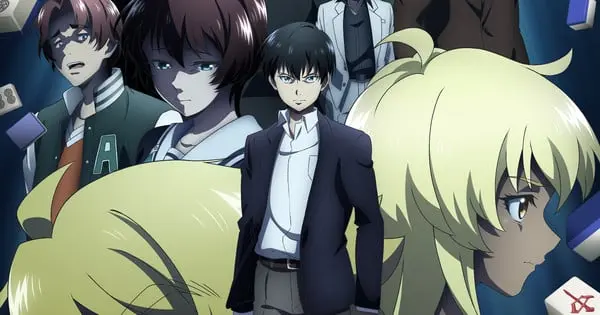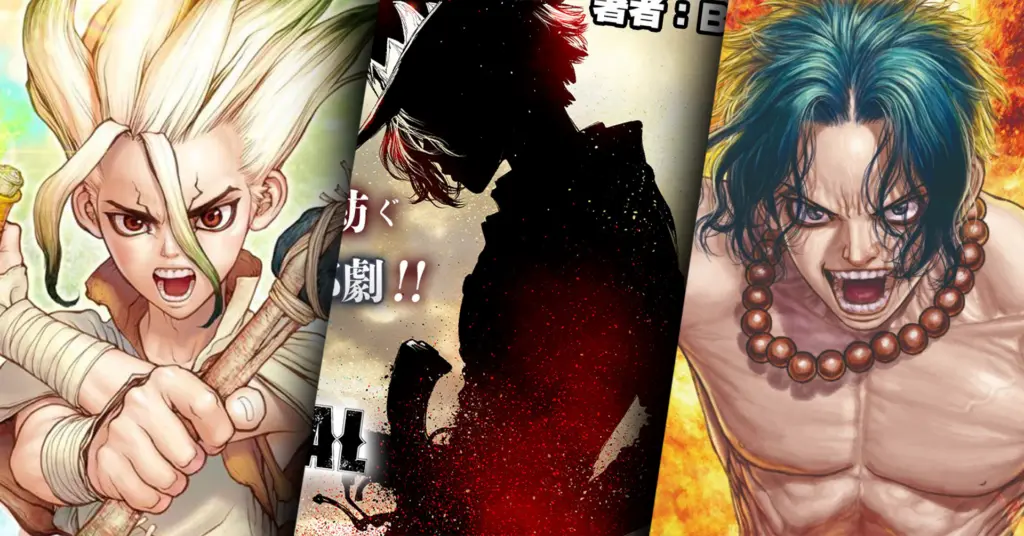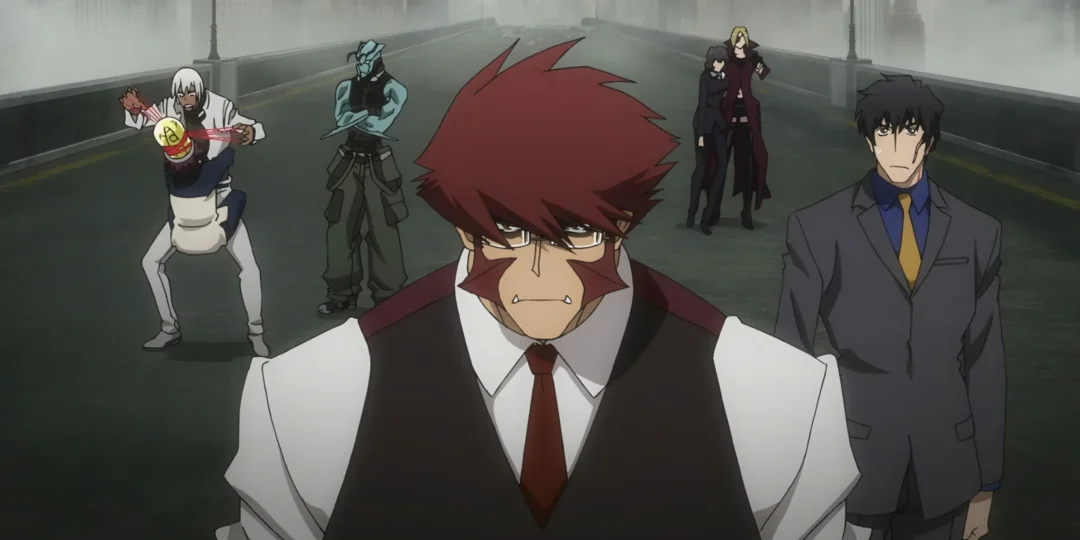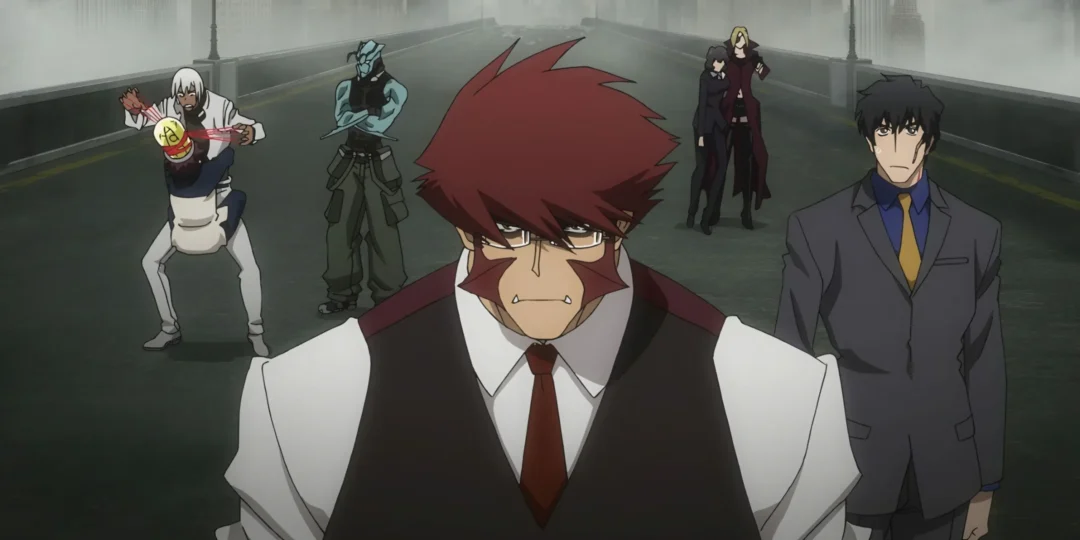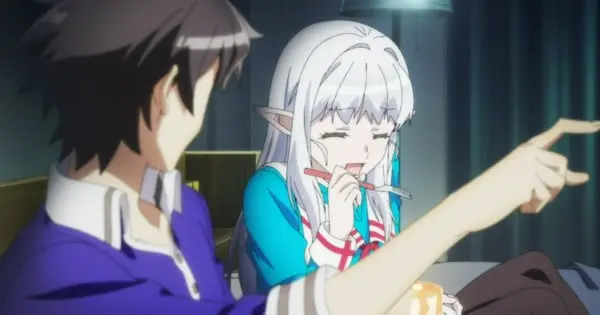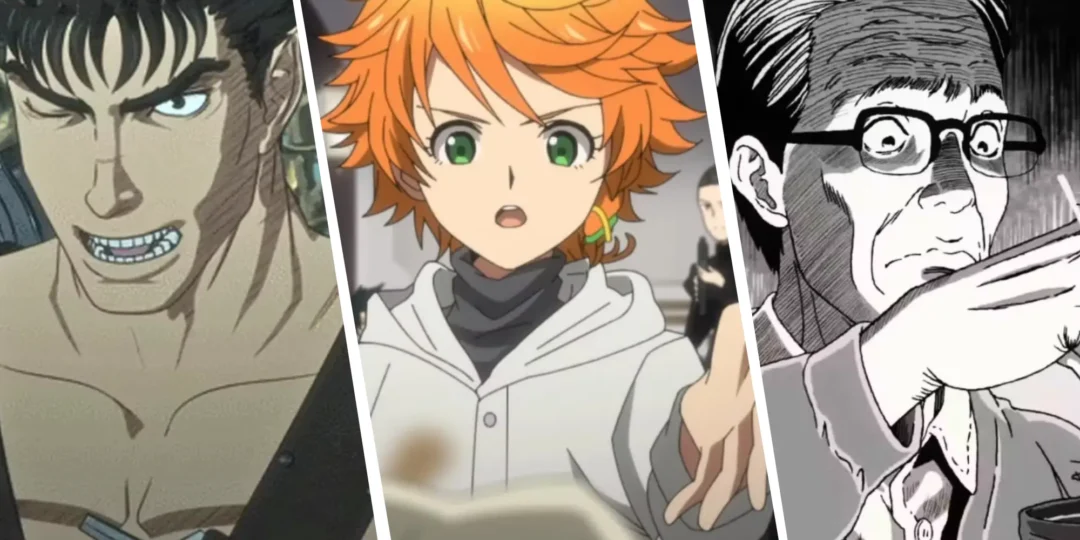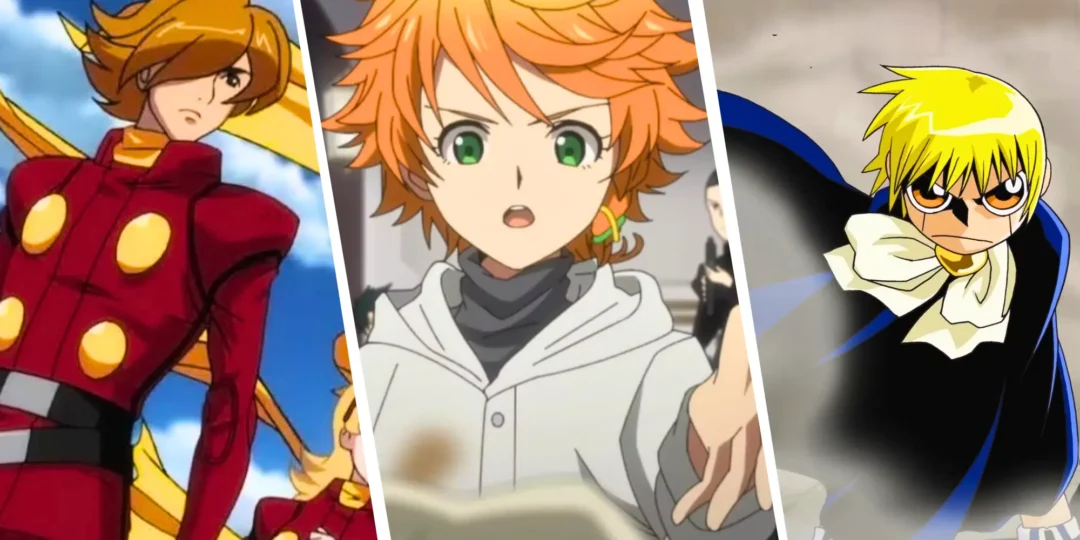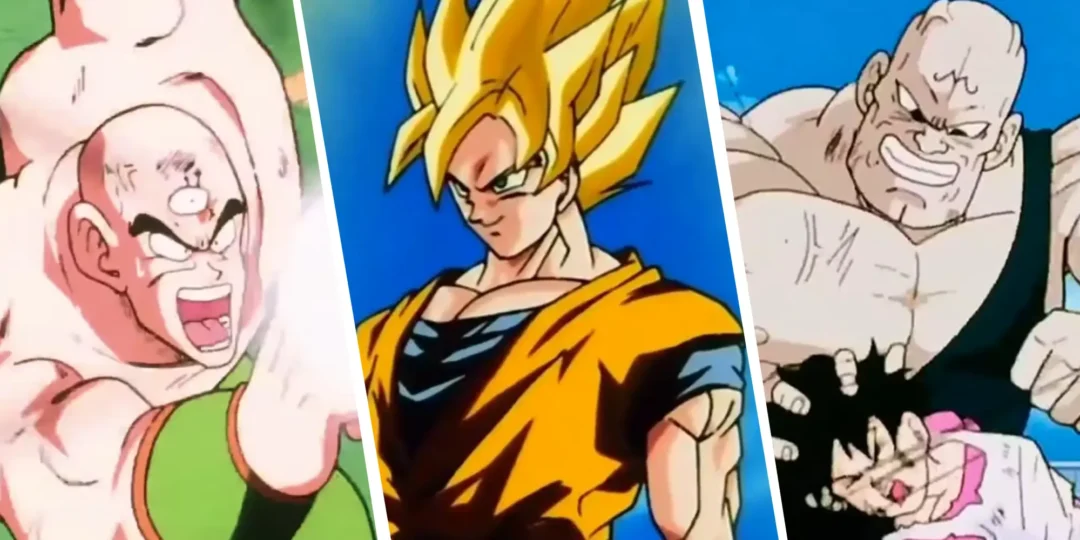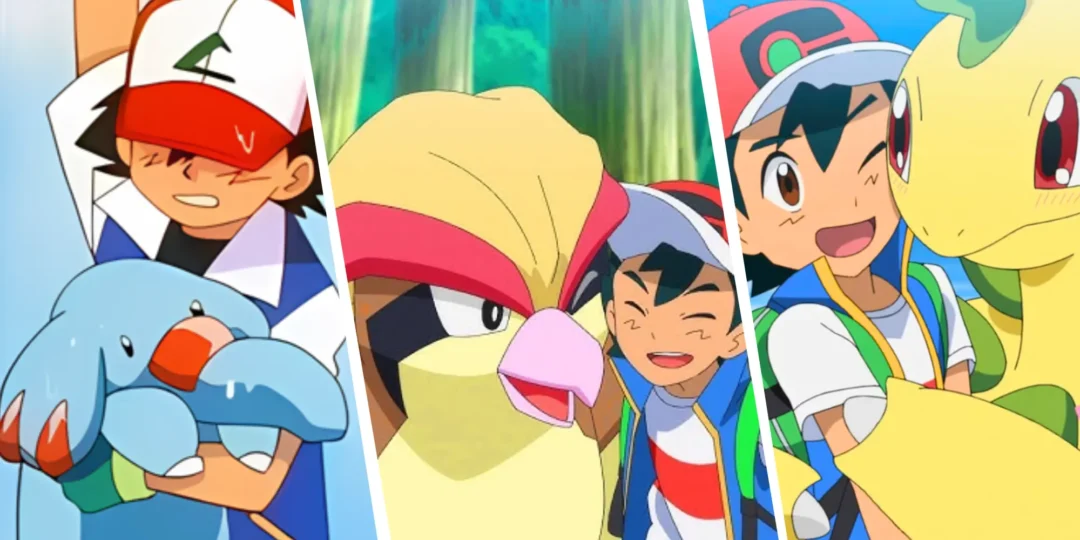Anime adaptations of manga, light novels, and video games are a common occurrence in the industry. While some adaptations elevate the source material, others, unfortunately, fall drastically short of expectations. These adaptations are not only disappointing to fans but can also damage the reputation of the original work. Here’s a look at ten of the worst anime adaptations ever made, ranked based on the severity of their missteps.
1. Berserk (2016-2017)
The Berserk manga is lauded for its detailed art and dark, complex narrative. The 2016 anime adaptation, however, is infamous for its poor CGI animation. The animation was not only jarring and inconsistent, but also failed to capture the brutality and beauty of Kentaro Miura’s artwork. The clunky character movements and lifeless expressions made it a truly painful viewing experience, earning it the top spot as one of the worst adaptations in anime history. Even though the storyline mostly followed the manga, the poor visual presentation made it hard to enjoy the complex storyline.
The Problem with CGI
The major criticism of Berserk’s 2016 adaptation revolved around its heavy reliance on CGI. The characters moved awkwardly, and the fight sequences lacked the visceral impact of the manga. The use of CGI in itself isn’t inherently bad but the execution in Berserk was simply subpar. This adaptation serves as a stark reminder of how poorly executed CGI can ruin an entire series.
2. Tokyo Ghoul Root A
Tokyo Ghoul’s first season was considered a decent adaptation, with animation that captured the dark and gritty tone of the manga. However, the second season, Tokyo Ghoul Root A, deviated drastically from the source material. The anime introduced an entirely new, inconsistent plotline, alienating manga readers. Characters behaved out of character, and the carefully built relationships were either ignored or altered. The departure from the source material’s narrative resulted in an incoherent story that confused and frustrated viewers.
Inconsistent Storytelling
Tokyo Ghoul Root A is a prime example of an anime adaptation gone wrong. The original manga’s intricate plot was replaced with a subpar storyline. This resulted in a disconnect between the anime and manga. This also caused character development to go in unexpected ways. The adaptation was essentially a wasted opportunity that made it more difficult for new fans to pick up the franchise.
3. The Promised Neverland Season 2
The first season of The Promised Neverland was a critical success, lauded for its suspenseful narrative and clever plot twists. However, the second season completely abandoned much of the source material’s latter arcs. Instead, it rushed through key plot points, combined multiple storylines into one, and cut out important characters entirely. The changes severely undermined the impact of the story, leaving fans disappointed. It also created a confusing narrative that didn’t make much sense. The rushed pacing made it a completely underwhelming sequel that tarnished what was once considered an exceptional series.
Ruined Pacing and Story Arcs
The rushed pacing and elimination of crucial story arcs in The Promised Neverland season 2 were a major blow to the fans. The second season disregarded the complex storytelling of the manga. The fast-paced narrative made it impossible for viewers to emotionally connect with the characters and plot. This ultimately made the second season a very poor adaptation.
4. Deadman Wonderland
Deadman Wonderland had the potential to be a compelling adaptation due to its unique setting and dark premise. However, the anime adaptation suffered from rushed pacing. This resulted in important character and story details being omitted. The animation quality was also below par, failing to bring the grim setting and grotesque elements of the manga to life. The ending was also not satisfying, and it left the series with a feeling of being incomplete.
Rushed and Incomplete
The major flaw of the Deadman Wonderland anime was its incomplete story. The animation was inconsistent and did not match the high standards of other shows in the same genre. The poor adaptation resulted in a show that was difficult to enjoy, failing to live up to the potential of the manga.
5. EX-ARM
EX-ARM is often cited as one of the worst anime adaptations, not only due to its poor story and writing, but mainly due to its horrendous animation. The 3D CGI models were clunky, stiff, and visually unappealing. The animation was also inconsistent, making it a painful viewing experience. The anime failed to capture the spirit of the manga, offering instead a visually disastrous adaptation. Its overall presentation made it difficult for anyone to enjoy the story, even if they were familiar with the manga.
Animation Disaster
The animation in EX-ARM was so bad that it became a source of ridicule. The characters were unnatural, and the action sequences were difficult to follow. The adaptation became a talking point for all the wrong reasons. The visual execution of EX-ARM is a clear example of how animation can completely ruin a series.
6. School Days
While School Days is infamous for its controversial ending and morally questionable characters, the anime adaptation suffers from poor pacing and character development. The anime adaptation of School Days failed to capture the manga’s nuance. This resulted in a more exaggerated and less compelling narrative. The protagonist’s actions are portrayed in a way that is not as nuanced as in the original work. The poor pacing makes the story difficult to engage with, resulting in a viewing experience that is ultimately frustrating.
Pacing and Character Issues
The anime adaptation of School Days made the already problematic story even less palatable. The series’ pacing and the way it handled the main character’s actions were particularly criticized. This made the anime a poor substitute for the source material. The over-the-top portrayal of the characters did not make the series enjoyable to watch.
7. Hand Shakers
Hand Shakers is notorious for its excessive use of bright, flashing colors and confusing action sequences. The visual style of the anime was so overwhelming that it became difficult to follow the story. The animation was inconsistent and lacked depth, making the overall experience quite jarring for the viewers. The plot was convoluted, and the characters were underdeveloped, making it a generally unengaging and forgettable experience.
Visually Overwhelming
Hand Shakers suffered from a visual style that was extremely distracting and overbearing. The chaotic visuals made it difficult to enjoy the story or understand the action. The poorly executed animation, combined with the confusing plot, made it a complete letdown. It’s an example of how aesthetics can negatively impact a show.
8. UQ Holder!
While the manga of UQ Holder! is known for its creative storyline, the anime adaptation suffered from inconsistent animation quality and rushed pacing. The anime failed to capture the charm and detail of the original manga, resulting in a watered-down version of the story. The changes made to the plot and characters alienated fans of the source material, making it an overall disappointing experience. Key elements were either removed or altered for the anime, greatly undermining the manga’s complex plot.
Rushed Pacing and Altered Plot
The major issues with UQ Holder! were its inconsistent animation, and a narrative that did not capture the source material’s essence. The rushed pacing and changes to the plot made it a poor adaptation. It is an example of how a poorly executed anime can ruin the impact of the original source material.
9. Dragon Ball Evolution
While technically a live-action adaptation, Dragon Ball Evolution is considered one of the worst adaptations of all time. The movie drastically deviated from the source material, with poorly adapted characters, an incoherent story, and disappointing special effects. The movie is considered to be an insult to the original Dragon Ball series by fans. It is a prime example of how not to adapt a beloved manga into a different medium. The lack of understanding of the source material was evident in all aspects of the movie.
A Disastrous Live-Action Attempt
Dragon Ball Evolution failed to understand the charm and essence of the original anime and manga. The changes to the story and characters resulted in a film that was almost unrecognizable to fans. The movie is often cited as one of the worst adaptations ever made. Its legacy continues to serve as a cautionary tale for studios attempting to adapt anime to live-action.
10. Arifureta: From Commonplace to World’s Strongest
The anime adaptation of Arifureta has been widely criticized for its poor animation quality and inconsistent character models. The anime also suffered from poor direction. The lackluster adaptation failed to capture the appeal of the source material. The characters and their interactions were not as captivating as in the light novels, and the overall animation was a significant letdown. The poorly executed adaptation has become a prime example of how subpar animation can ruin a potentially interesting series.
Poor Animation and Direction
Arifureta’s adaptation suffered from a combination of poor animation and direction. The characters looked stiff, and the fight sequences were not well choreographed. This overall made the series hard to enjoy. The poor animation is a prime example of how a lack of effort can ruin what might have been a good adaptation.
These ten anime adaptations represent some of the biggest missteps in the anime industry. They serve as a reminder that adaptations require a deep understanding of the source material. They also require good animation and direction to live up to the expectations of fans. While it is always a challenge to bring a different medium to life, these examples show how it can go wrong.

